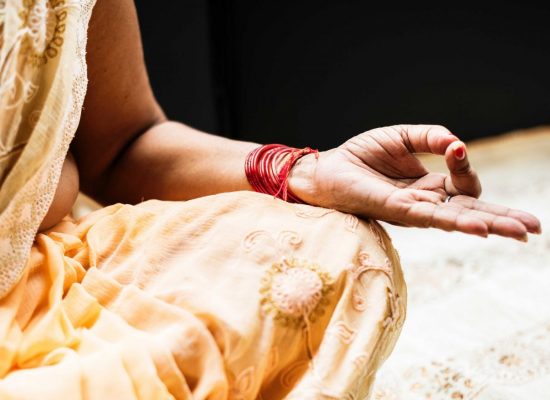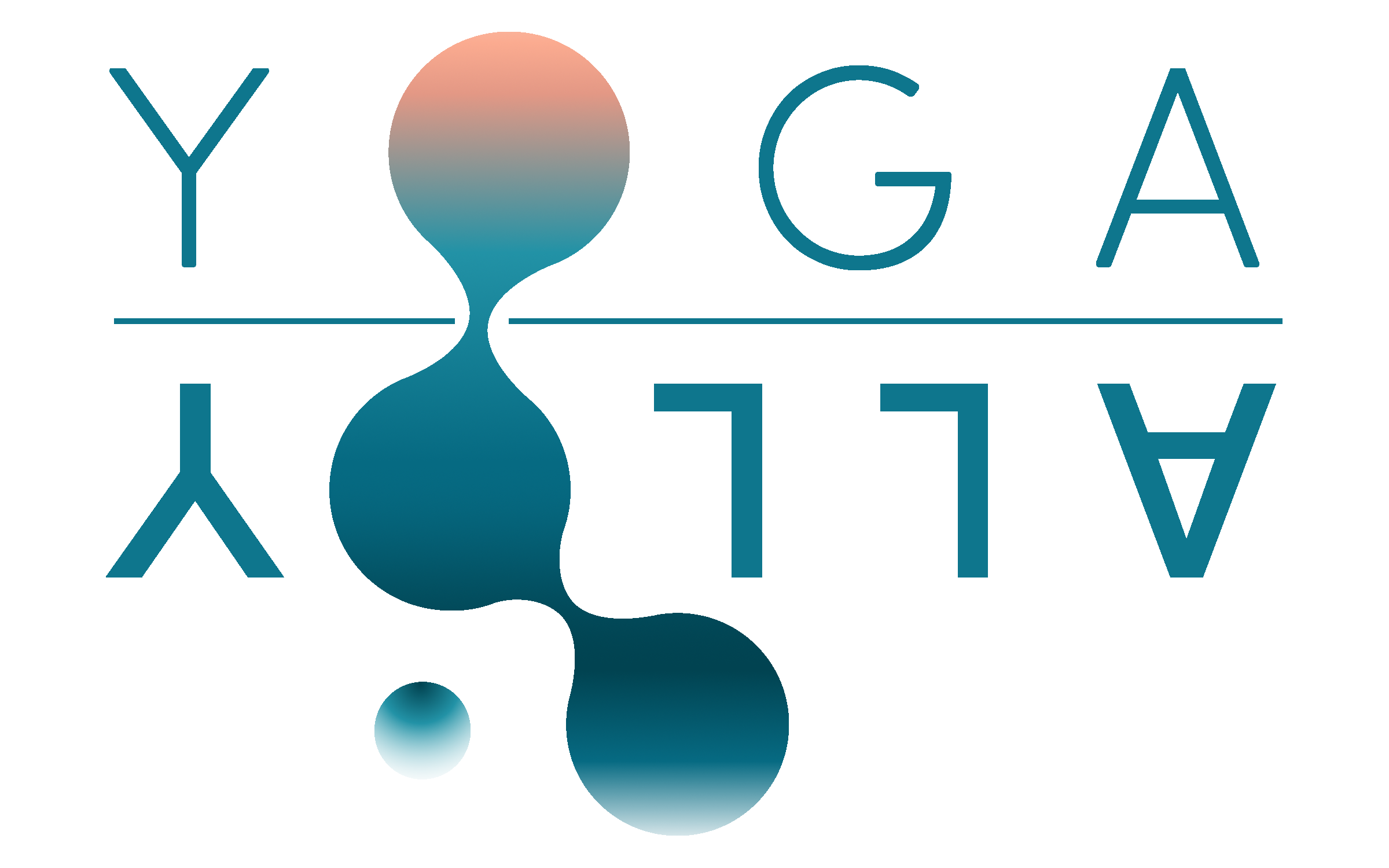There is more to yoga than what meets the eye
I started practicing yoga because I wanted to do more with my body. I wanted more mobility, more muscular strength, more control over my body. It was such a pleasant surprise to see that the yoga practices also involved focus on the breath and the mind. When I started practicing yoga years ago, I had no idea how powerful and all-encompassing yoga is.
Before I go into detail of the different tools and levels of yoga practice, I want to say that there is nothing wrong with using your yoga asana practice as just a physical exercise. Many people begin like that, and I did too. But there is a reason why so many people talk about how their asana practice has changed their lives and now they are also meditating regularly. There is obviously more to yoga than what meets the eye…
Asana practice is what created the yoga boom in the western world. But it is just the tip of the iceberg. Implying both that there is much more to it and also that this is the only visible part of it.
In the Yoga Sutras of Patanjali, the asanas are only mentioned in 2 verses. And when Patanjali talks about asanas he merely refers to a stable, and easy seat for meditation. Many schools of yoga do not acknowledge asanas as yogic practices at all. Some just think of the asana practice as a preparation for meditation.

However, the Western world is very result-driven, validation comes from examinable facts, not from subtle vibrations. So if you want to attract people to yoga, the asana practice is the only thing you can present to them visually. If I were to post an image of myself meditating every day on Instagram, many people would get bored and think that I am just doing the same thing every day. I can talk about my meditations but that will not interest as many people as a picture on Instagram of someone standing at the edge of the cliff on one hand with their feet on their heads. That’s because the latter is a very visible inspirational achievement. A result of continuous, determined hard work. Unfortunately, it does not say much about yoga.
"Yoga is about the mind more than the body"
The mind is considered to have the potential to find the source of meaning/God/source/universal consciousness. Whereas the body is limited in the 3-dimensional space and linear time. The thing is you cannot just sit down, close your eyes and tell your mind to liberate you from the limits of everyday reality. In fact, we cannot even make ourselves sit down in meditation for long enough to begin such conversations with our minds.
So many of us begin our yogic path with small steps. We begin with the easiest thing to control: moving the skeletal muscles. The yoga tradition teaches us that everything is connected. So if we move the body in a certain way, then it will have a certain impact on the body as well as the mind and the soul.
The yoga tradition teaches us how to move our bodies so that we can get closer and closer to the state of mind where we can touch the soul.

The body is not the only thing we can control. It takes a bit more effort but we can also regulate our breath to influence our energy flow, mental and emotional activity. This is where the Pranayama practices come into play. The pranayama practices have very important elements which are not that commonly practiced in yoga classes because it requires you to slow down. One is bandha and the other one is Kumbakha. Bandhas are the energetic seals (pranic locks) and Kumbakha is the retention of breath after inhalation or after exhalation. These two elements help us direct our energy on a more subtle level but with way more precision.
There are more we can do to direct energy to liberate our mind. Mudras, sacred gestures are important tools that are usually underestimated and practiced only for aesthetic purposes. The Mudra that is very well known is the Anjali Mudra where you bring your palms together in the heart center.
There are also Mantras where the yoga practitioner repeats a syllable, word or phrases and taps into sacred vibrations. Through the mantras, the yogin aligns with the sacred vibrations to gather psychological or spiritual power and insights from them. They can even be used as gateways to liberation. Om or Aum is a very potent and very popular mantra.
The above practices are commonly used tools. The aim of yoga is not a simple one. Taking full control of your life and your existence requires a lot of strength. So yoga teaches us how to use the body, the breath, sounds, the mind, etc. to achieve that goal.
As mentioned, there is nothing wrong with practicing yoga purely for its physical benefits. But if you are open to what else your practice can offer you, then you might just change your life on more levels than one.
As you can see from the above-listed yogic practices, every little thing in a yoga practice can be filled with life force energy. Even tiny hand gestures can give you a lot of mental strength, courage and determination. It is a practice that is designed to make you self-reliant and able. Yoga is a very nourishing practice, not only for the body but for the mind and soul as well.
Namaste,
Zeynep,
Lead Trainer @ Yoga Alloy

